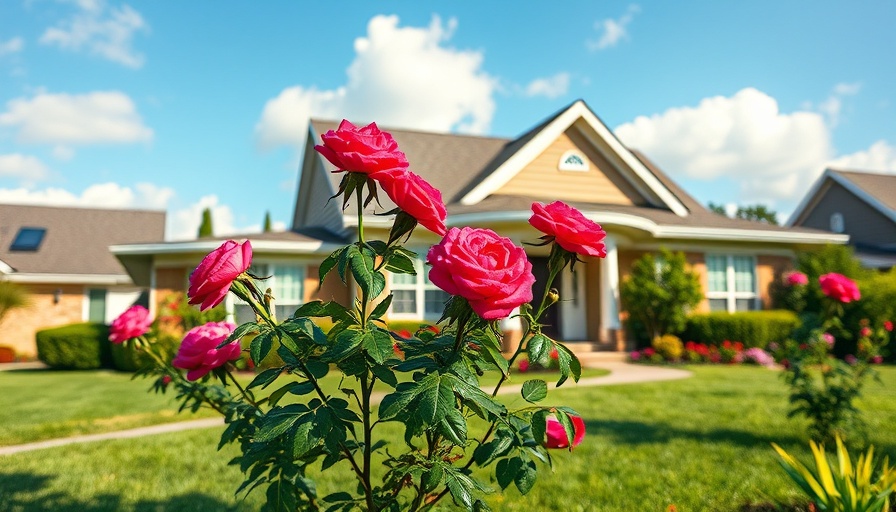
Enhancing Your Home’s Curb Appeal with Perennial Plants
For homeowners today, curb appeal is more than a buzzword; it’s the golden ticket to a charming exterior that resonates with warmth and personality. Whether nestled in a ranch-style home in sunny Dallas or a Victorian gem in historic Charlotte, incorporating perennial flowers and plants can redefine the aesthetic of your home. As we delve into the enchanting world of perennial gardening, let’s discover how these perennial blooms provide lasting beauty and contribute significantly to your living environment.
What Are Perennials and Why Choose Them?
Perennials are the unsung heroes of gardens, returning annually to showcase their beauty and vibrance. Unlike their annual counterparts, which only bloom for a season, or biennials that last for two, perennials regenerate each year, promoting sustainability in your gardening efforts. These resilient plants not only beautify your space but also offer a myriad of benefits, such as reducing replanting costs and fostering a versatile ecosystem. Imagine the joy of watching your garden flourish season after season without the pressure of replanting – that’s the power of perennials.
The Essential Guide to Planning Your Perennial Garden
Embarking on your perennial garden journey requires thoughtful planning and an understanding of your local climate. Start by assessing your hardiness zone using tools like the USDA Web Soil Survey, which will also guide you in testing and amending your soil for the best growth. Pay attention to sun exposure and utilize design principles to craft an aesthetically pleasing space. Layer plants for diverse heights, think about blooming periods for year-round color, and create inviting pathways that draw the eye. Prioritizing a mix of native species further enriches your garden ecosystem while promoting biodiversity.
Wildlife-Friendly Gardens: The Native Perennial Advantage
Incorporating native perennials is a brilliant strategy to attract local wildlife, turning your backyard into a bustling sanctuary from spring to fall. These plants are adapted to your region's climate and soil, providing essential nourishment and shelter for pollinators, birds, and beneficial insects. By prioritizing native species, you not only beautify your garden but also make a significant impact on your local ecosystem. This nurturing approach transforms your garden into a hub for biodiversity, yielding joy as you watch nature thrive in your own backyard.
Creating Year-Round Interest in Your Perennial Garden
Year-round appeal is the icing on the cake for any successful garden. According to horticulture expert Michael Jesiolowski, it’s vital to select perennials that maintain visual interest during winter months, too. Opt for plants with charming seed pods, unique structures, or persistent blooms that add character even in the cold. Leaving spent flowers and debris intact until spring not only promises shelter for local wildlife during harsh winters but also fosters a natural composting process that enriches your soil.
Actionable Tips for Creating a Thriving Perennial Garden
Ready to embrace the beauty of perennials? Here are a few practical tips: 1. **Assess Your Space**: Take time to understand your garden's light, soil, and temperature conditions. 2. **Plant in Groups**: Arrange similar plants together to enhance visual impact and create a cohesive look. 3. **Mix Heights and Textures**: Use a variety of plant heights and textures to create an engaging, layered effect. 4. **Utilize Mulch**: Implement natural mulch to retain soil moisture and suppress weeds, benefiting your perennials in their growth.
By starting your journey into perennial gardening today, you not only nurture a stunning outdoor haven but also contribute to the health of your local environment. Embrace these botanical beauties that promise to deliver joy season after season!
If you’re passionate about creating a living space that reflects your values and enhances your community, consider exploring ways to integrate sustainable practices into your home and garden—this thoughtful approach will benefit you and the world around you!
 Add Row
Add Row  Add
Add 




Write A Comment